Museums in Ireland are wonderful places to explore and discover the essence of Irish Heritage, and to learn as much as possible about life on the island.
Belfast City Hall 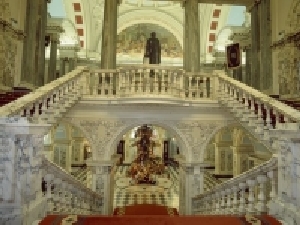
This magnificent building dominates the city centre and is usually the first port of call for visitors to the city. You’ll have no problem finding this attraction as it’s instantly recognisable from its classical Renaissance style exterior and its distinctive green domes - the main dome measuring about 53 metres. The City Hall was built in 1898 after Belfast was given the title of a ‘city’ by Queen Victoria. It features Portland stone, impressive marble and stained glass windows.
Vistors to the City Hall can enjoy free guided tours which are available Monday to Saturday and last around 45 minutes. It’s well worth having a look inside to see its extravagant interior. You can explore the Great Hall, the grand staircase, the council chamber, the banqueting hall and the robbing rooms. The grounds around the City Hall are beautiful and feature lots of statues; probably the most popular is the memorial to the Titanic.
Irish National Stud And Japanese Gardens, Kildare 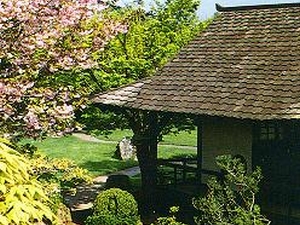
The Japanese Gardens of Tully were created between the years 1906 and 1910. Devised by Colonel William Hallwalker, a wealthy Scotsman of a famous brewery family, the Gardens were laid out in their paths of beauty by the Japanese Eida and his son Minoru. Planned to symbolise the life of Man, the landscapes are now of international renown and are acclaimed as the finest Gardens in Europe.
The Irish National Stud Company was formed in 1945. Its primary aim was to promote the interests of the Irish Bloodstock industry with a view to improving the quality of bloodstock in Ireland by providing the services of the highclass stallions on the farm.
The Stud at Tully consists of 958 acres of land. Provided on the farm are 288 boxes for the accommodation of mares, foals and stallions. The museum serves as a historical archive of the stud farm’s successes. The museum was opened in 1977. The museum which was converted from a groom’s house and old stallion boxes, looks out onto a Zen Garden of Meditation which functions to convert the idea of simplicity, consistency and timelessness.
The National Wax Museum PLUS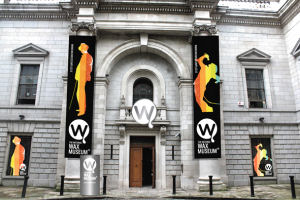
The National Wax Museum Plus is an exciting new interactive visitor attraction located on Foster Place, just off Dame Street, in the Temple Bar district at the heart of Dublin City Centre. The museum is housed in the historic landmark Armoury Building, previously the home of Ireland’s bullion and arms stores.
The National Wax Museum is four floors of discovery, interaction and exhibition. Visitors enter through the Irish Writers room and then descend in to the basement for a journey through the vaults of Irish history from the Vikings right up to the Good Friday Agreement. Also housed in the basement is the horrific Chambers of Horrors, all those of a nervous disposition are warned to keep out!
The Irish Museum of Modern Art 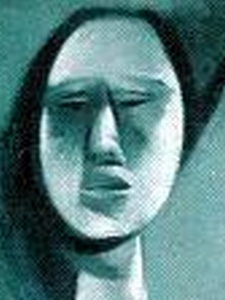
The Irish Museum of Modern Art is one of the most exciting developments in the Irish arts world. The museum presents, through its permanent collection and temporary programmes, international and Irish art of the 20th century with associated educational and community programmes.
Performance, theatre and music are included in its work, with particular emphasis on the overlap between the visual and performing arts.
The Royal Hospital Kilmainham, the finest 17th-century building in Ireland, was built in 1684 as a home for retired soldiers and continued in that use for almost 250 years. The style is based on Les Invalides in Paris with a formal facade and large elegant courtyard. The RHK was restored by the Government in 1968 and needed only minimum alterations to accommodate the work of the museum.
The building has an excellent coffee shop and comprehensive banqueting, conference and catering facilities.
The Hunt Museum Limerick 
The Hunt Museum is home to one of Ireland’s greatest private collections of art and antiquities. Generously donated to the ‘people of Ireland’ by John and Gertrude Hunt who collected the objects from the four corners of the world. The Collection reflects our Celtic past as well as masterworks by Da Vinci, Yeats and Renoir.
The elegant 18th century Custom House provides an ideal setting for an enjoyable visit, the riverside restaurant looks out over the Curragour Falls and the museum’s gift shop showcases a wide range of local and international crafts and gifts. The Hunt Museum is located in the Custom House on Rutland Street.
Reginalds Tower Museum 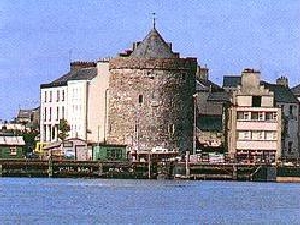
Located at the junction of the Quays and Mall. Reginald’s Tower is Waterford’s best known landmark. The building has been described as the oldest tower of mortared stone in Europe. It was erected by and takes its name from Reginal Maclvor, Danish Govener of Waterford in 1003 A.D. It has been used as a fortress, a prison, a military stores depot, a mint, and an air raid shelter. Presently, it houses the City’s Civic and Maritime Museum. The exhibits include the colourful regalia of the Corporation and a remarkable collection (19) of Royal Charters bestowed on the city by 11 English Monarchs.
Guinness Storehouse, Dublin 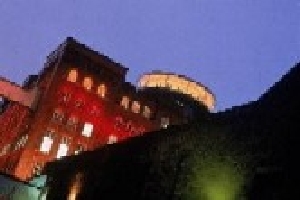
A visit to the home of Guinness is the high point of any trip to Dublin. At the Guinness storehouse you’ll discover all there is to know about the world famous beer. It’s a dramatic story that begins around 250 years ago and ends in gravity, the sky bar, with a complimentary pint of Guinness and an astonishing view of Dublin City.
As you wander through the storehouse you may visit the Retail Store on the ground floor where you can find the main ingredients of Guinness: water, barley, hops and yeast.
The GAA Museum, Croke Park 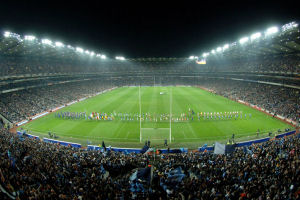
The GAA Museum can be found in Croke Park Stadium under the Cusack Stand. It was opened in 1998 by then Taoiseach Bertie Ahern.
The museum is dedicated to the GAA and how it has contributed to sport, culture and social life in Ireland since it first began in 1884.
The museum displays a vast collection of GAA memorabilia like hurleys, jerseys, trophies, medals, match programmes and more.
Take in a tour of Croke Park, which is the 5th largest stadium in Europe, and explore one of the most modern sporting arenas in the world.The experienced guides will take you on a journey through the stadium, which first began over a 100 years ago. You will see the dressing rooms, premium and corporate levels, the pitch side, the media centre, the VIP section and the service areas.
Croke Park is located in Drumcondra in Dublin 3.
By road: It’s about a 15 minute walk from O’Connell Street and is accessed via St. Joseph’s Avenue just off Clonliffe Road.
By bus: From O’Connell Street in the heart of Dublin city you can get the number 3,11,11A,16,16A,123
By rail: The museum is just about a 15 minute walk from Connolly Station.
